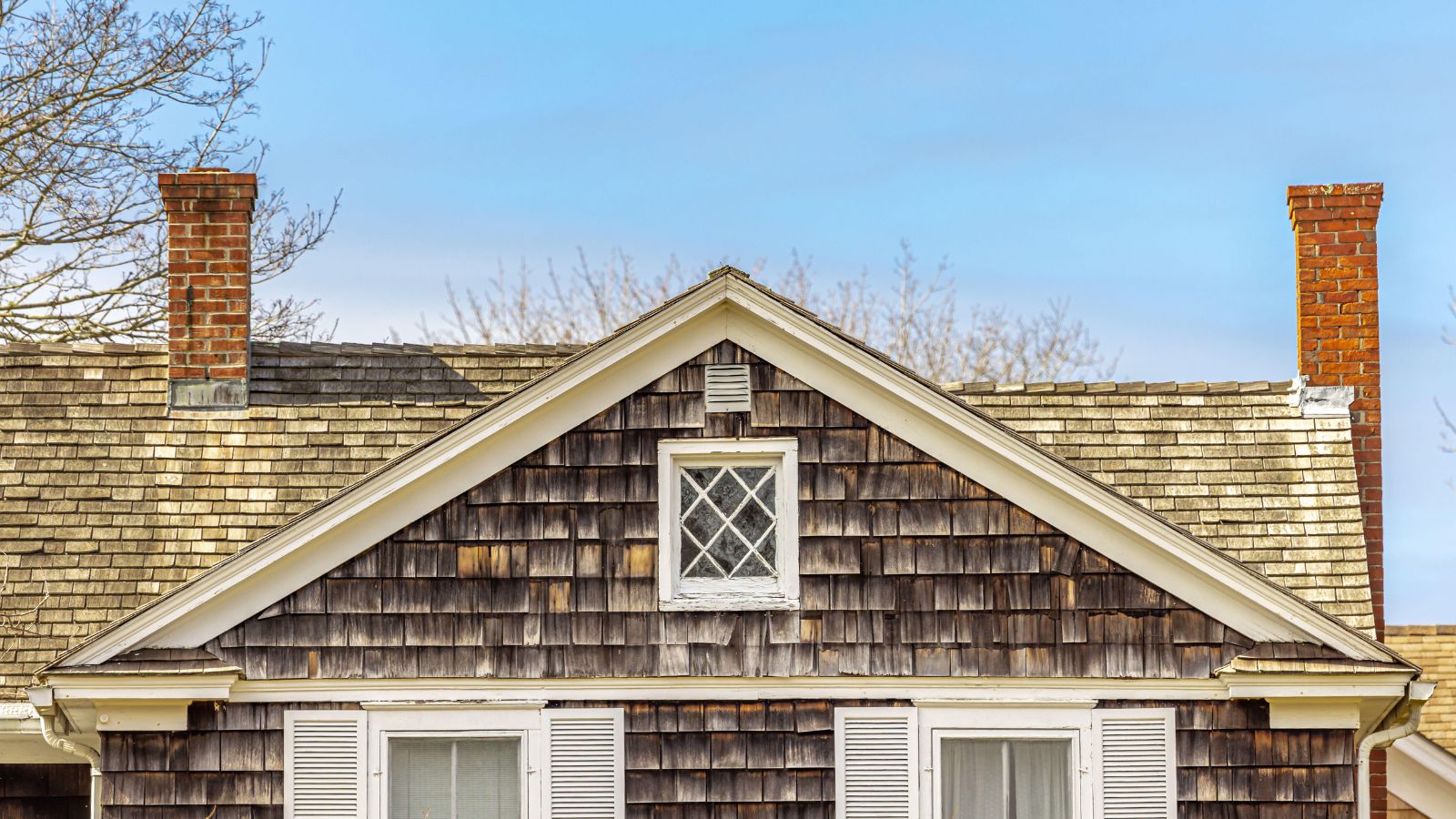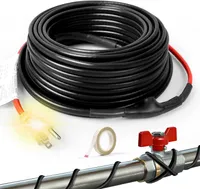Should you leave an attic open during a freeze? HVAC technicians weigh in
This old heating trick can be useful in some homes but be more hassle than it's worth in others, experts warn


Leaving an attic door open during a freeze is an old home heating hack to prevent damage during winter – but does it really work to prevent freezing pipes?
Experts suggest this method certainly has its merits, but it needs to be used carefully to prevent other household issues, such as expensive heating bills and worn-out heating systems.
This is what HVAC experts and contractors think about leaving your attic door open during a freeze and when to use this hack for the best results.
Should you leave an attic open during a freeze?
'Although it might not seem like a big deal, leaving your attic door or hatch open during freezing weather can help to prevent a whole host of home maintenance issues, such as preventing ice dams on roofs, frozen pipes, and mold growth,' begins Jay Sanders, contractor and owner of Castle Dream Construction. 'This is because it allows hot air to rise from the rest of your property into the attic space, preventing sharp temperature fluctuations.'
What’s more, keeping the air flowing around your property stops musty odors and mildew development – protecting your home storage and helping to make your home smell nice.

'More often than not, this practice is most beneficial in older homes or houses with less roof insulation,' continues Justin Bohannon, owner of Affordable Solutions HVAC & Electrical. 'Most modern homes have attics designed with ventilation and temperature control in mind, helping the space to maintain a somewhat consistent climate no matter the weather outside. However, when an older attic does not have modern ventilation, leaving the door can protect HVAC equipment and plumbing.'

Justin Bohannon founded Affordable Solutions back in 2014 and now specializes in residential and commercial HVAC systems, performing preventative maintenance, new installs, and services and repairs.
'That being said, leaving your attic door open in winter can make the rest of your home colder, forcing your HVAC system to work harder to heat your space and leading to increased energy costs, especially when trying to keep a poorly insulated house warm,' warns Taras Stomin HVAC account manager at Home Alliance.
Design expertise in your inbox – from inspiring decorating ideas and beautiful celebrity homes to practical gardening advice and shopping round-ups.
'What’s more, leaving your attic door open can contribute to moisture migration, especially if you do not have good attic ventilation,' adds Jordan Woolf, professional roofer at Huntsville Roofing Solutions. ‘Warm, moist air from your living space entering the cold attic can condense on exposed surfaces, promoting mold growth and wood rot. This can damage your roof and attic structure.'
It's worth weighing the pros and cons of leaving the door open. You might open it for a few hours a day and close it at night or use other additional heating methods in your attic, such as pipe heaters. Similarly, you should consider dripping faucets to prevent pipes in your attic from freezing.
Pipe Heating Tape | View at Amazon
This self-regulating pipe heating tape is perfect for preventing troublesome frozen pipes without the need to heat up a whole space such as a crawl space or attic, and its ETL Certified, ensuring it is safe to use in your home.
What to do if you leave the attic shut and it freezes

If you have left your attic closed and ended up with ice dams or frozen pipes, it is important to heat the space up gradually rather than all at once, to prevent burst pipes and further damage to your home.
When defrosting an attic, Jay Sanders, contractor, recommends starting by checking any vents for ice dams and debris to help restore ventilation to the area. ‘Then, use space heaters or towels soaked in hot water to gently thaw any frozen pipes. Be very careful not to rupture pipes. If pipes burst, shut off the water and call a plumber immediately,’ he advises.
'Allowing hot air from the rest of your home to circulate gradually will also help to raise the overall ambient temperature up there,' adds Justin Bohannon, HVAC expert.
FAQs
At what temperature do pipes freeze in the attic?
According to a study by the University of Illinois, pipes in attics usually start to freeze around 20F and below, especially if they are uninsulated and unheated. Adding insulation to your attic and pipes ensures that the space stays warm, as this can prevent sudden temperature fluctuations.
How long does it take for attic pipes to freeze?
Attic pipes typically take around six to eight hours to freeze, though if they are not insulated and you are not dripping faucets, this process may be quicker. Exterior pipes can freeze quicker than this if the temperature is below 20F for extended periods of time. As such, it is helpful to always drip faucets in freezing weather and consider installing heating or insulation around pipework to keep them in good condition for longer.
One of the best ways to ensure an attic doesn't freeze without the downside of making your heating work harder is to properly insulate and ventilate your attic and pipes so that they can stand up to tough winters. Sealing air leaks and installing vents will help to keep air moving while maintaining a consistent temperature, reducing the need to manually heat the space when bad weather hits.

Chiana has been at Homes & Gardens for two years and is our resident 'queen' of non-toxic living. She spends most of her time producing content for the Solved section of the website, helping readers get the most out of their homes through clever decluttering, cleaning, and tidying tips. She was named one of Fixr's top home improvement journalists in 2024.
